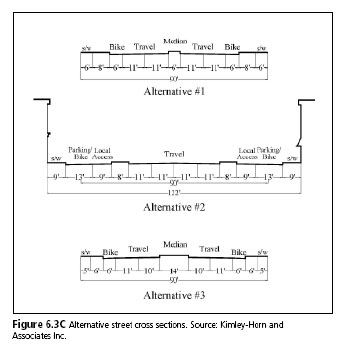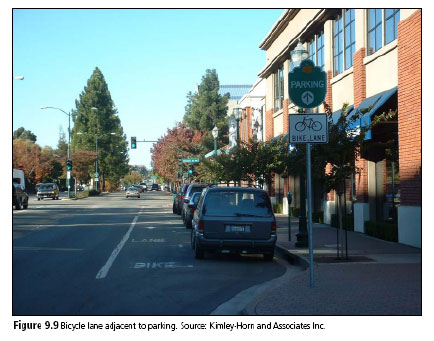Here’s an interesting little tidbit from the Fall 2005 issue of River City Review, the City’s newsletter:
The City of Peoria has 355 cul-de-sacs and 238 dead-end streets which are the most time-consuming to plow. It takes an average of 35 minutes to clear a cul-de-sac of snow. This is eight times longer than it takes to plow a through street of the same size. Cul-de-sacs are more difficult because of the limited space to dump snow without burying driveways, mailboxes, streetlights, and fire hydrants. The ever-increasing number of cul-de-sacs in newer subdivisions multiplies the amount of time to clear non-routed streets in Peoria.
There are other downfalls to cul-de-sacs. They’re not well-regarded in New Urbanist literature. For instance, here’s part of a critique from Heart-of-Peoria-Plan-author Andres Duany’s book “Suburban Nation,” p. 116:
CUL-DE-SAC KIDS
Perhaps the most worrisome [lifestyle imposed by contemporary suburban development] is the situation facing the children of suburbia. In one of the great ironies of our era, the cul-de-sac suburbs, originally conceived as youth’s great playground, are proving to be less than ideal for America’s young.
That suburban life may be bad for children comes as a surprise. After all, most families move to the suburbs precisely because they think it will be “good for the children.” What do they mean by that? Better suburban schools — a phenomenon peculiar to the United States — are good for children. Big, safe, grassy fields to play on are also good for them. What is not so good for children, however, is the complete loss of autonomy they suffer in suburbia. In this environment where all activities are segregated and distances are measured on the odometer, a child’s personal mobility extends no farther than the edge of the subdivision. Even the local softball field often exists beyond the child’s independent reach.
The result is a new phenomenon: the “cul-de-sac kid,” the child who lives as a prisoner of a thoroughly safe and unchallenging environment. While this state of affairs may be acceptable, even desirable, through about age five, what of the next ten or twelve years? Dependent always on some adult to drive them around, children and adolescents are unable to practice at becoming adults. They cannot run so simple a household errand as picking up a carton of milk. They cannot bicycle to the toy store and spend their money on their own. They cannot drop in on their mother at work. Most cannot walk to school. Even pickup baseball games are a thing of the past, with parents now required to arrange car-pooling with near-military precision, to transport the children at the appointed times.
The problem with cul-de-sacs is that they all exit onto collector roads which in turn exit onto arterial streets. Think of the neighborhood off of War Memorial at Montello. It’s a beautiful neighborhood of residential houses on dead-end streets, but if you want to go shopping or see a movie, there’s no way for children to get there safely by walking or bicycling because the only access is Route 150. Any children or adolescents living there must rely on their parents to drive them everywhere.
And, now we learn that cul-de-sacs are a huge drain on city resources in the winter because of the time it takes to clear them of snow. Older parts of the city that are on a grid pattern of through-streets take only an eighth of the time to clear. Just one more example of the efficiency of urban living.



 …get ready for your taxes to go up some more, courtesy of School District 150 with the cooperation of the Illinois State Legislature.
…get ready for your taxes to go up some more, courtesy of School District 150 with the cooperation of the Illinois State Legislature.